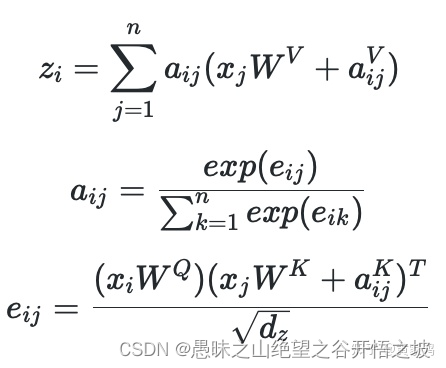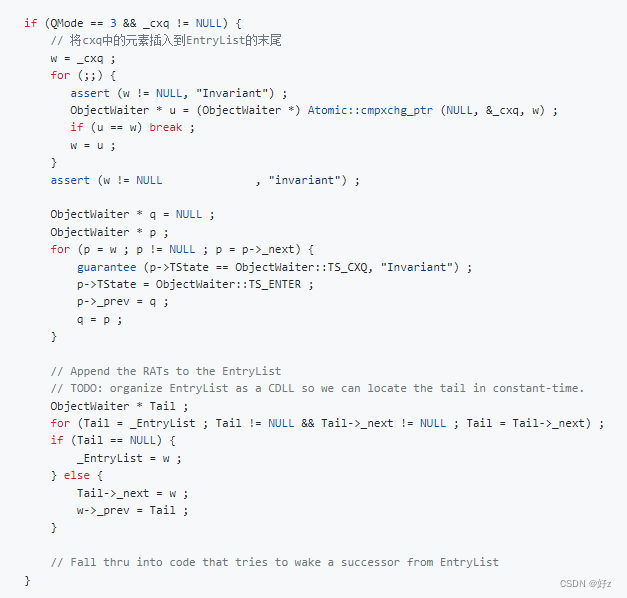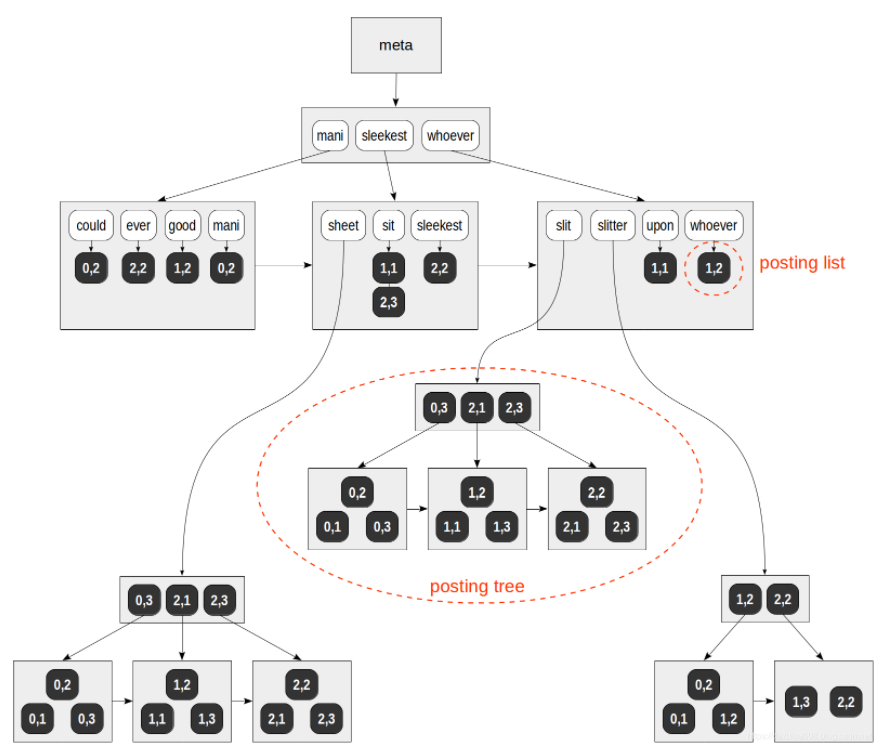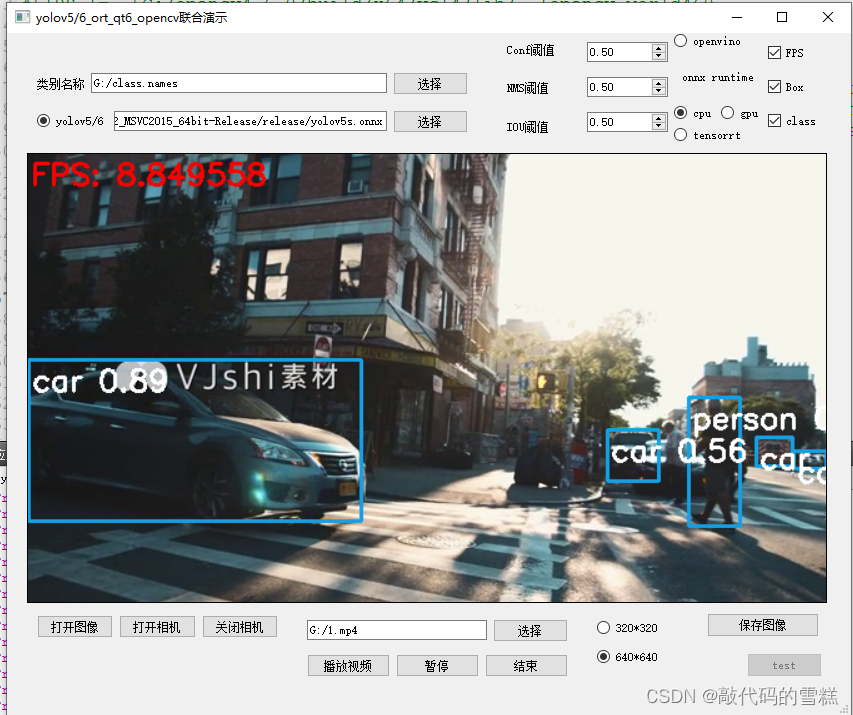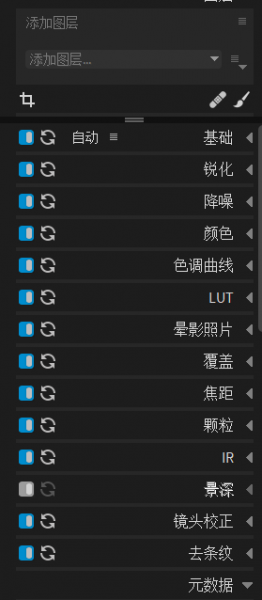目录
- 前置
- pom: jar
- 配置文件:
- ehcache.xml
- application.yml
- MyEhCacheCacheConfiguration.java
- 效果图
- 禁用 MyEhCacheCacheConfiguration.java
- 启用 MyEhCacheCacheConfiguration.java
前置
会演示springcache的使用方式
项目地址: https://gitee.com/xmaxm/test-code/blob/master/chaim-cache/chaim-spring-cache/chaim-spring-cache-ehcache/README.md
前置配置
本篇文章是基于上篇文章进行: spring cache (默认方式)
强调:
在追踪源码的时候发现, 是通过注入ehCacheCacheManager进行文件的初始化, 当然解析xml文件也是该地方开始. 也就有了MyEhCacheCacheConfiguration,java方法. 大致思路同源码一致, 只是对获取的数据进行拦截, 增加部分数据, 进行一遍赋值操作
源码部分
spring cache (默认方式) 一致, 只是实现缓存的方式不一样
关键类: org.springframework.cache.Cache
org.springframework.cache.interceptor.CacheInterceptor#invoke
org.springframework.boot.autoconfigure.cache.CacheAutoConfiguration
实现类: org.springframework.cache.ehcache.EhCacheCache
相关缓存文章
spring cache (默认方式)
spring cache (Redis方式)
spring cache (ehcache方式)
pom: jar
<dependency>
<groupId>org.springframework.boot</groupId>
<artifactId>spring-boot-starter-cache</artifactId>
</dependency>
<dependency>
<groupId>net.sf.ehcache</groupId>
<artifactId>ehcache</artifactId>
</dependency>
<dependency>
<groupId>javax.cache</groupId>
<artifactId>cache-api</artifactId>
</dependency>
<!-- 反射工具包 -->
<dependency>
<groupId>org.reflections</groupId>
<artifactId>reflections</artifactId>
<version>0.9.10</version>
</dependency>
配置文件:
ehcache.xml
<?xml version="1.0" encoding="UTF-8"?>
<ehcache xmlns:xsi="http://www.w3.org/2001/XMLSchema-instance"
xsi:noNamespaceSchemaLocation="http://ehcache.org/ehcache.xsd"
updateCheck="false">
<!-- 磁盘缓存位置
path属性可以配置的目录有:
user.home(用户的家目录)
user.dir(用户当前的工作目录)
java.io.tmpdir(默认的临时目录)
ehcache.disk.store.dir(ehcache的配置目录)
绝对路径(如:d:\\ehcache)
-->
<diskStore path="F:\upload\EhCache"/>
<!--
name:缓存名称。
maxElementsInMemory:缓存最大个数。
eternal:对象是否永久有效,一但设置了,timeout将不起作用。
timeToIdleSeconds:设置对象在失效前的允许闲置时间(单位:秒)。仅当eternal=false对象不是永久有效时使用,可选属性,默认值是0,也就是可闲置时间无穷大。
timeToLiveSeconds:设置对象在失效前允许存活时间(单位:秒)。最大时间介于创建时间和失效时间之间。仅当eternal=false对象不是永久有效时使用,默认是0.,也就是对象存活时间无穷大。
overflowToDisk:当内存中对象数量达到maxElementsInMemory时,Ehcache将会对象写到磁盘中。
diskSpoolBufferSizeMB:这个参数设置DiskStore(磁盘缓存)的缓存区大小。默认是30MB。每个Cache都应该有自己的一个缓冲区。
maxElementsOnDisk:硬盘最大缓存个数。
diskPersistent:是否缓存虚拟机重启期数据 Whether the disk store persists between restarts of the Virtual Machine. The default value is false.
diskExpiryThreadIntervalSeconds:磁盘失效线程运行时间间隔,默认是120秒。
memoryStoreEvictionPolicy:当达到maxElementsInMemory限制时,Ehcache将会根据指定的策略去清理内存。默认策略是LRU(最近最少使用)。你可以设置为FIFO(先进先出)或是LFU(较少使用)。
clearOnFlush:内存数量最大时是否清除。
-->
<!-- 默认缓存 -->
<defaultCache
eternal="true"
maxElementsInMemory="1000"
overflowToDisk="false"
diskPersistent="true"
timeToIdleSeconds="0"
timeToLiveSeconds="0"
memoryStoreEvictionPolicy="LRU"/>
<!-- 自定义缓存 name需与 @Cacheable(value = "selectById")的value值一直 -->
<!-- 如果想自定义就需要在此地方依次罗列, 参考: MyEhCacheCacheConfiguration.java -->
<cache
name="CUSTOMIZE_GLOBAL"
eternal="true"
maxElementsInMemory="1000"
overflowToDisk="false"
diskPersistent="true"
timeToIdleSeconds="0"
timeToLiveSeconds="0"
memoryStoreEvictionPolicy="LRU"/>
</ehcache>
application.yml
spring:
cache:
# 程序启动时创建的缓存名称
cache-names: chaim-name
# 缓存类型 org.springframework.boot.autoconfigure.cache.CacheType
type: ehcache
ehcache:
config: classpath:ehcache.xml
MyEhCacheCacheConfiguration.java
package com.chaim.spring.cache.ehcache.config;
import net.sf.ehcache.CacheManager;
import net.sf.ehcache.config.CacheConfiguration;
import net.sf.ehcache.config.Configuration;
import org.reflections.Reflections;
import org.reflections.scanners.MethodAnnotationsScanner;
import org.reflections.util.ClasspathHelper;
import org.reflections.util.ConfigurationBuilder;
import org.springframework.boot.autoconfigure.cache.CacheProperties;
import org.springframework.cache.annotation.Cacheable;
import org.springframework.cache.ehcache.EhCacheManagerUtils;
import org.springframework.context.annotation.Bean;
import org.springframework.context.annotation.Primary;
import org.springframework.core.io.Resource;
import org.springframework.stereotype.Component;
import java.lang.reflect.Method;
import java.util.Arrays;
import java.util.HashSet;
import java.util.Map;
import java.util.Set;
/**
* @author Chaim
* @date 2022/9/23 0:11
*/
@Component
@Primary
public class MyEhCacheCacheConfiguration {
/**
* 固定 ehcache.xml 中 cache标签name值为: CACHE_NAME 就进行全局配置
*/
private static final String CACHE_NAME = "CUSTOMIZE_GLOBAL";
/**
* 要扫描注解的包路径
*/
private static final String PACKAGE_NAME = "com.chaim.spring.cache.ehcache.controller";
/**
* 重写 org.springframework.boot.autoconfigure.cache.EhCacheCacheConfiguration#ehCacheCacheManager
* 实现: 多 cache 标签自动添加
*
* @param cacheProperties
* @return
*/
@Bean
CacheManager ehCacheCacheManager(CacheProperties cacheProperties) {
Resource location = cacheProperties.resolveConfigLocation(cacheProperties.getEhcache().getConfig());
if (location != null) {
// 源码: 从给定资源中解析 EhCache 配置,以供进一步使用
Configuration configuration = EhCacheManagerUtils.parseConfiguration(location);
// 对获取的 ehcache 资源进行重写
Map<String, CacheConfiguration> cacheConfigurations = configuration.getCacheConfigurations();
// 校验其是否是全局标签 (配置该标签, 就标记需要缓存的都是此一个文件进行加载)
CacheConfiguration cacheConfiguration = cacheConfigurations.get(CACHE_NAME);
if (cacheConfiguration != null) {
// 获取指定路径下的 @Cacheable 的 value 值, 也就是需要进行创建的缓存文件名
Set<String> allCacheableValue = this.getAllCacheableValue();
allCacheableValue.forEach(key -> {
if (cacheConfigurations.get(key) == null) {
// 对象克隆, 该处涉及深浅拷贝
CacheConfiguration clone = cacheConfiguration.clone();
// 修改缓存文件名为 @Cacheable 的 value 值
clone.name(key);
// 将需要的值 PUT 进入 CacheConfiguration, 对应的cache标签值除name其余不变
cacheConfigurations.put(key, clone);
}
});
// 移除全局配置配置文件, 避免创建该文件无效
cacheConfigurations.remove(CACHE_NAME);
}
// 源码: 返回CacheManager
return new CacheManager(configuration);
}
return EhCacheManagerUtils.buildCacheManager();
}
/**
* 获取指定路径下所有 Cacheable 的 value 值
*
* @return Cacheable -> value
*/
private Set<String> getAllCacheableValue() {
Set<String> set = new HashSet<>();
// 要扫描的包
ConfigurationBuilder configurationBuilder = new ConfigurationBuilder()
.addUrls(ClasspathHelper.forPackage(PACKAGE_NAME))
.addScanners(new MethodAnnotationsScanner());
Reflections ref = new Reflections(configurationBuilder);
// 获取扫描到的标记注解的集合
Set<Method> methodsAnnotatedWith = ref.getMethodsAnnotatedWith(Cacheable.class);
for (Method method : methodsAnnotatedWith) {
Cacheable cacheable = method.getAnnotation(Cacheable.class);
String[] value = cacheable.value();
set.addAll(Arrays.asList(value));
}
return set;
}
}
效果图
禁用 MyEhCacheCacheConfiguration.java
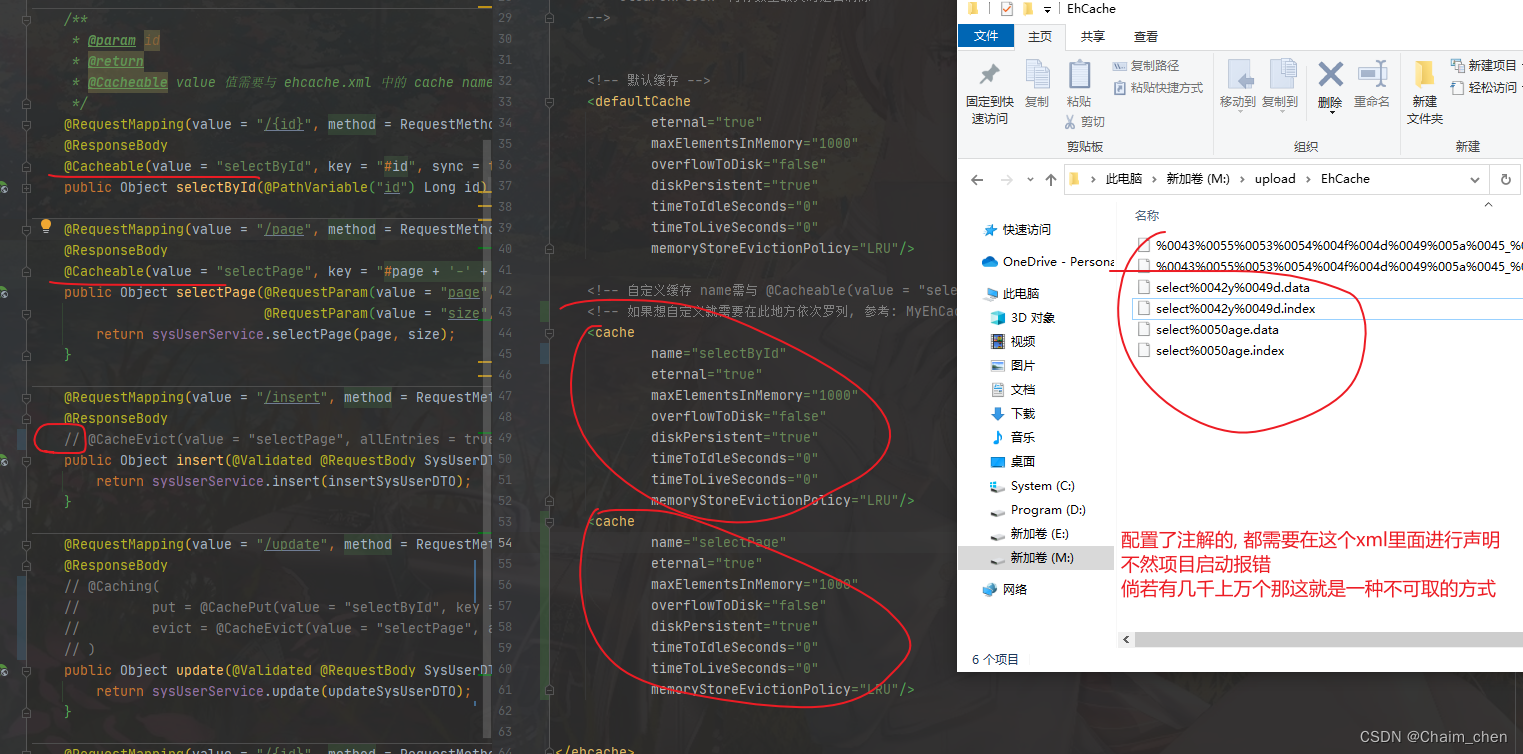
启用 MyEhCacheCacheConfiguration.java




